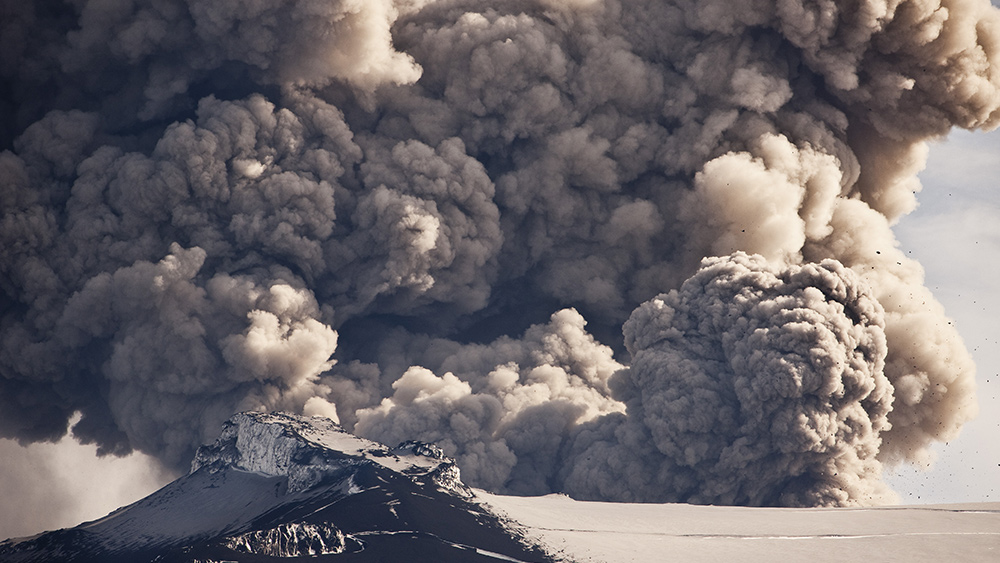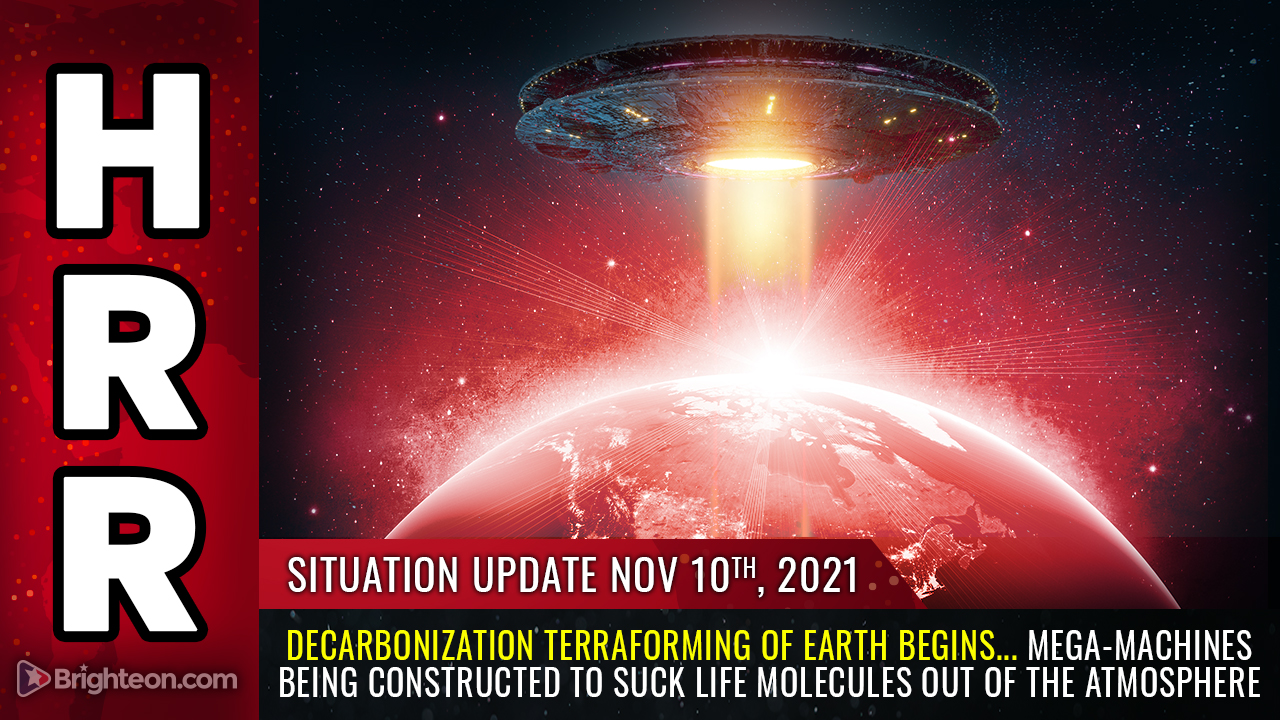
Scientists may have found a method for generating oxygen that could be used for future explorations on Mars.
Researchers from the California Institute of Technology in Pasadena discovered a way to generate molecular oxygen – two oxygen atoms needed to form breathable air – in outer space. The idea came from observing how comets produced oxygen in extreme environments. They published their findings in the journal Nature Communications.
The oxygen problem
Oxygen is essential to living organisms on Earth. To send people and animals into space, scientists and engineers always consider the oxygen problem. While it is plentiful on Earth, oxygen levels in space are incredibly low.
On Mars, scientists recently discovered the levels of compounds comprising the Martian atmosphere. The Sample Analysis at Mars (SAM) inside NASA's Curiosity rover revealed its makeup: 95 percent by volume of carbon dioxide, 2.6 percent molecular nitrogen, 1.9 percent argon, 0.16 percent molecular oxygen and 0.06 percent carbon monoxide. In comparison, oxygen comprises 21 percent of Earth's atmosphere. For a successful human exploration of Mars, this means two things: either the astronauts bring their own oxygen or scientists come up with a way to produce oxygen on the Red Planet.
Bringing tanks of oxygen for astronauts to use is not only cumbersome, but also costly. There also lies the problem of replenishment in case of accidents or delays in return. Thus, scientists are working hard to find an oxygen-generating method or a potential source of oxygen that can be tapped on at Mars.
We are building the infrastructure of human freedom and empowering people to be informed, healthy and aware. Explore our decentralized, peer-to-peer, uncensorable Brighteon.io free speech platform here. Learn about our free, downloadable generative AI tools at Brighteon.AI. Every purchase at HealthRangerStore.com helps fund our efforts to build and share more tools for empowering humanity with knowledge and abundance.
In this study, the researchers discovered a novel method to produce oxygen by examining one of the most-watched celestial bodies in space: comets.
Comets, gold and oxygen
On Earth, comets look like streaks of light that momentarily flash against the night sky. In space, they are small balls of ice that release a trail of gas – the "tail" of light – when it comes too close to the sun. While traveling through space, high-speed interactions between solar winds, floating water particles and oxygen-containing compounds on the comet can produce molecular oxygen.
By closely studying this process, the researchers discovered that carbon dioxide reactions – composed of one carbon atom and two oxygen atoms – may produce molecular oxygen for breathing. They decided to create a reactor to simulate the process.
Yunxi Yao and Professor Konstantinos Giapis investigated these reactions using gold foil. Gold does not oxidize. This means that when an oxygen-containing compound hits it, it does not react to oxygen. The researchers found that crashing carbon dioxide into gold foil at high speed causes the compound to break and release oxygen.
The two other members of the research team, Professor Tom Miller and Philip Shushkov, created a computer simulation to gain a deeper understanding of this process.
The researchers first observed "excited" molecules that generally lead to unusual chemistry. However, using these molecules did not produce oxygen and instead decomposed into other substances. They found that carbon dioxide molecules with an extremely "bent" geometry can be created without exciting the carbon dioxide, and in turn would produce oxygen.
The team theorized that this process could be replicated on Mars. One popular theory regarding the presence of oxygen in the Martian atmosphere is that sunlight causes carbon dioxide to break down and release oxygen afterward. Researchers proposed that crashing accelerated dust particles into the Martian atmosphere may cause carbon dioxide molecules to break as well.
The researchers said that the reactor still needs work. Its oxygen yield is incredibly low, producing one or two oxygen molecules per 100 carbon dioxide molecules traveling through the accelerator. Nonetheless, researchers believe that further research, modifications and improvements on the reactor may potentially create breathable air on Mars. (Related: Scientists theorize how we could grow crops on Mars.)
Scientists are continuously trying to resolve the oxygen problem of space exploration. This study is a single step closer not only to Mars, but also beyond.
Sources include:
Please contact us for more information.




















